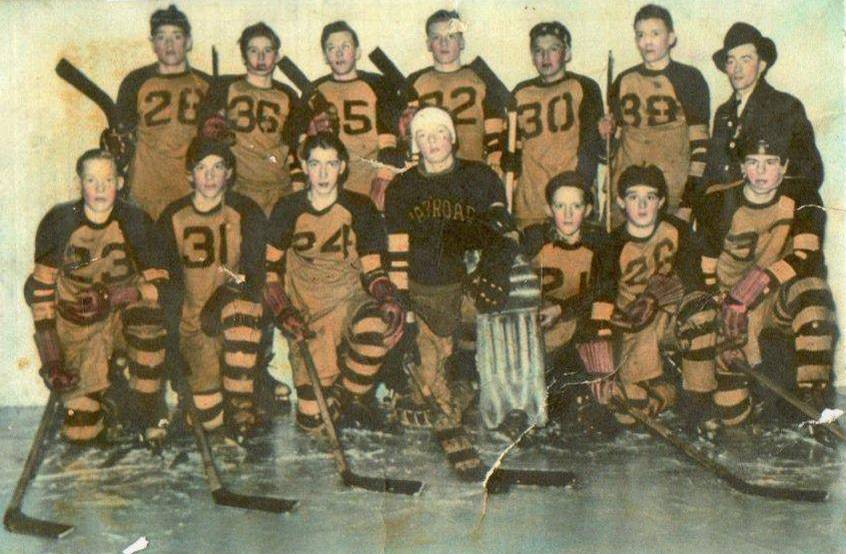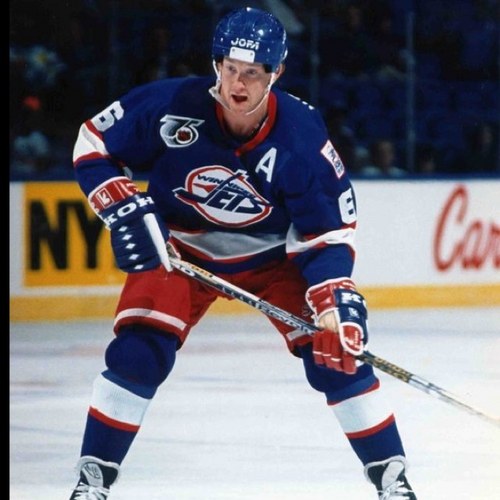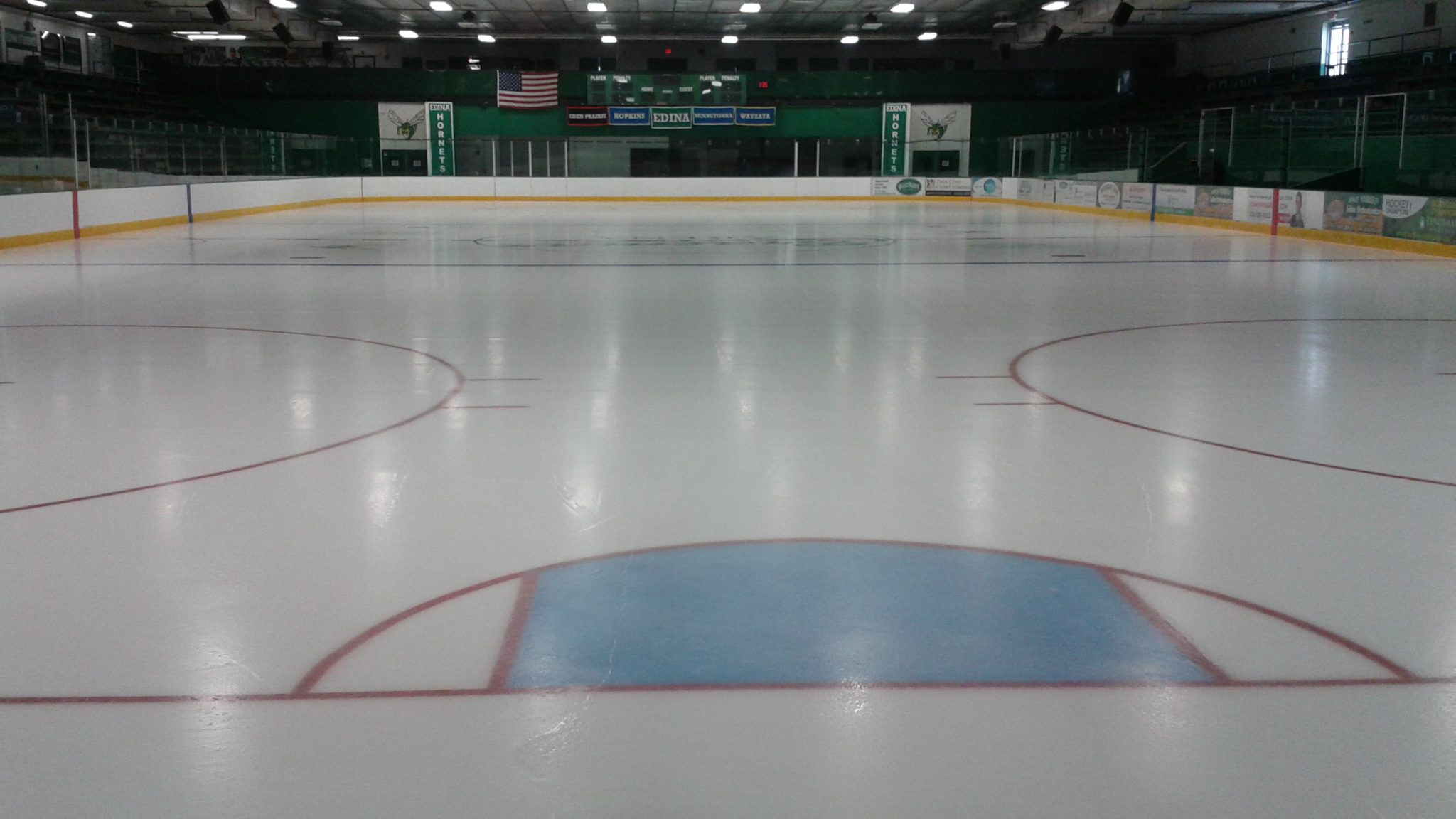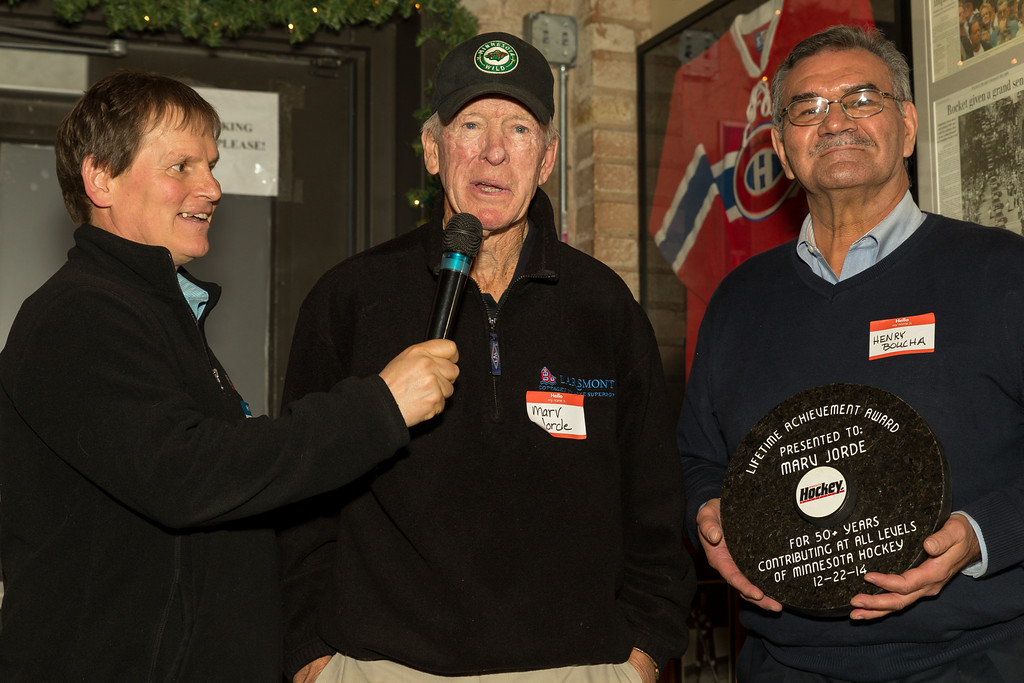

Legendary Warrior Henry Boucha tells the tale of Warroad’s hockey roots.




MHM Exclusive Interview


Senior A Coach won 11 National Titles, to be honored on 12/21

Edina Braemar and Blaine Super Rink first to engage in MN


MHM honors Marv Jorde with lifetime achievement award at Tom Reid's